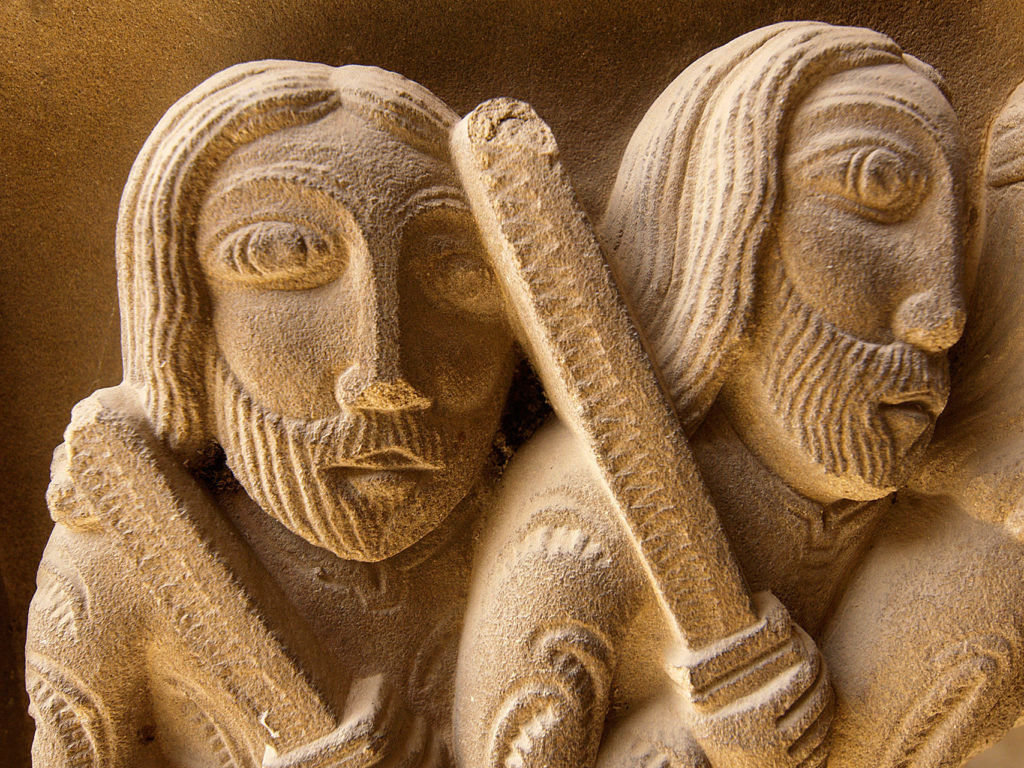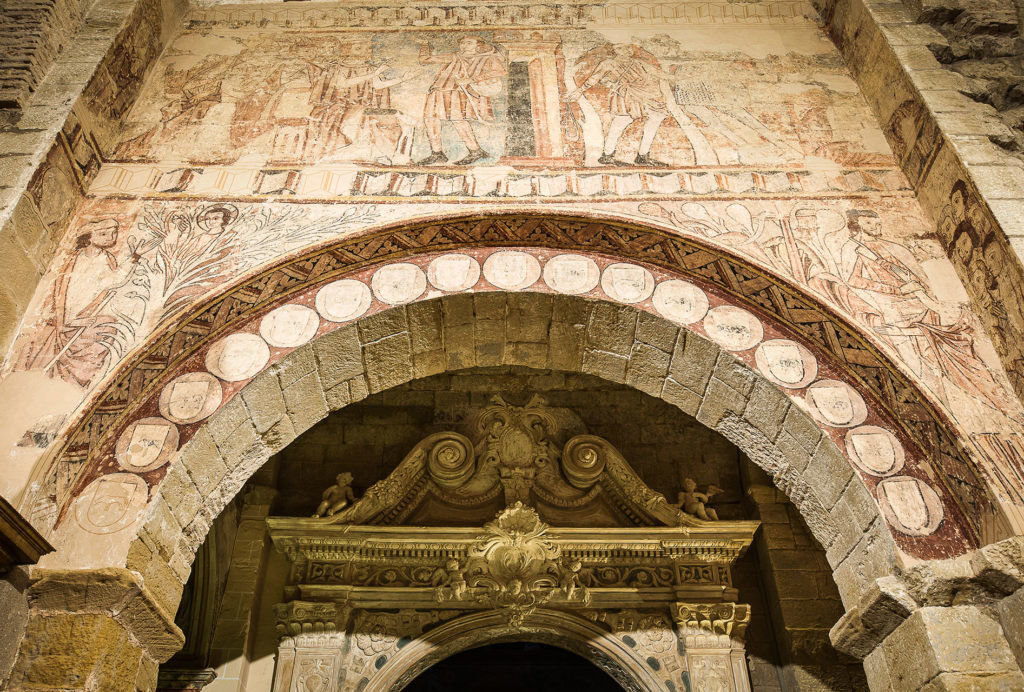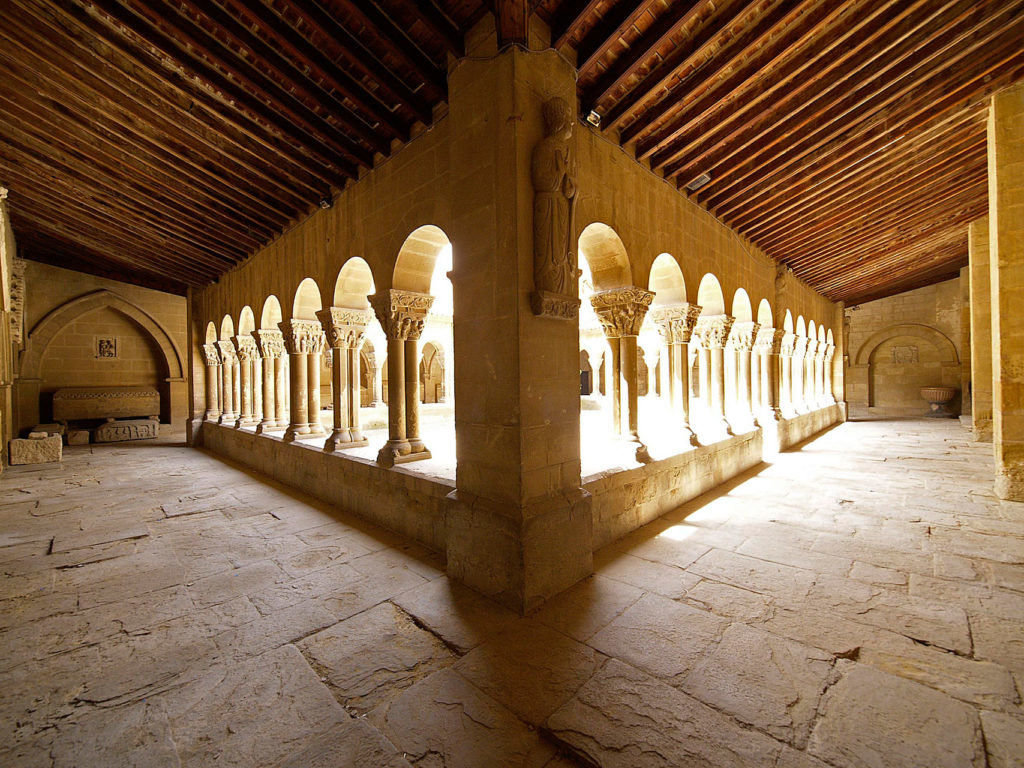This website uses cookies so that we can provide you with the best user experience possible. Cookie information is stored in your browser and performs functions such as recognising you when you return to our website and helping our team to understand which sections of the website you find most interesting and useful.
Huesca / Uesca
In order to get acquainted with Huesca, there is nothing better than starting with the cathedral, built on the old Muslim mosque in a Gothic style and with a beautiful Renaissance altarpiece. Opposite is the town hall, located in a 16th century Renaissance Aragonese palace. A few metres away is the interesting Museum of Huesca, which extends its dependencies to the adjacent Romanesque palace of the kings of Aragon. Also in the old town, you should visit the combination of the church and cloister of San Pedro el Viejo, built mostly in the 12th century, which is one of the most important examples of Aragonese Romanesque. The chapel of San Bartolomé, in its cloister, is also a royal pantheon.
To complete the visit, it is worth taking a stroll through the central Miguel Servet park and walking along the Calle del Coso, where you can contemplate the modernist casino, reach the Muslim wall and finally recharge your batteries in its tapas areas and savour its famous confectionary. Near the city, the silhouette of the castle of Montearagón stands out to the east.








